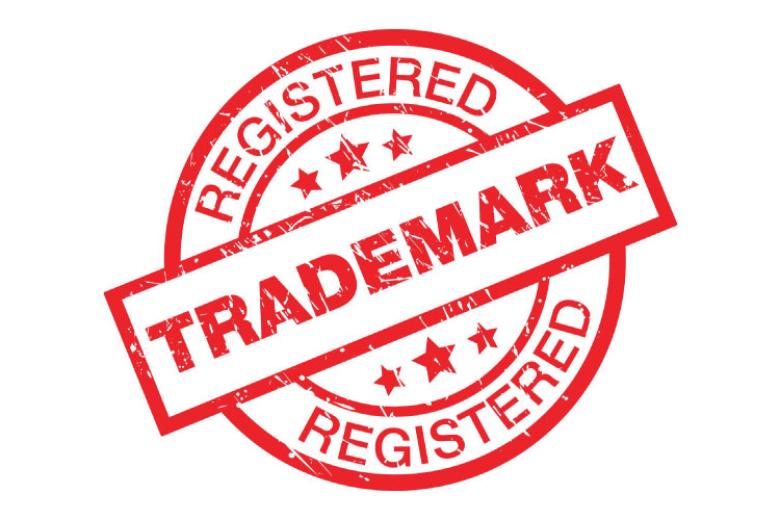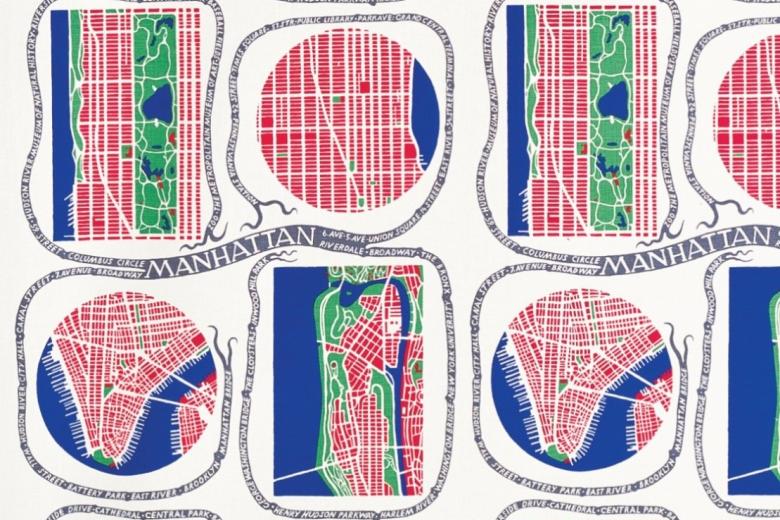The fashion industry: worth the IP?
The fashion industry needs strong IPRs for its development, however, a lot of divergences are found between the strategy imposed in this sector and the way the IP system is drafted, which often fails to benefit small companies.
According to Mrs. Ionascu from EUIPO, it is common knowledge that a high amount of fake goods are encountered in this industry compared to other industries. This poses the question as to whether the fashion industry does not properly use the IP system and whether it is compatible with the essence of IPRs. If it is found not to be compatible, this would be rather odd since one of the strongest values of fashion businesses is the goodwill attached to the brand image. IP would therefore be the best tool to safeguard such interest.
However, when assessing the path fashion needs to take, serious doubts arise on the appropriateness of the IP system for fashion, especially when addressing Design rights, Copyright and Trademark.
Design Rights
To start with, artistic creations are by essence ephemeral. Fashion keeps on changing, and so do tastes. In addition to that, this industry runs with short, seasonal cycles, which means that it aims at only guaranteeing the sale of a product for one season. In contrast to that, the industrial design is the shortest registered IPR, which lasts for five years and carries registration and renewal costs. Therefore, most companies in this industry invest that money rather in advertisement than in securing their IPRs. They often stick to unregistered design protection which only protects designers against copying. For instance, independently created designs would not fall under the scope of protection of the earlier design, if the latter is deemed to be reasonably unaware of that earlier design.
Copyright
Having said that artistic creations are ephemeral, we need to add that they do come back. The talent of bringing back ‘old-fashioned’ creations is fashion by nature, but requires to a certain extent ‘copying’ other creations. Copying, however, means that there is a great interest among creators to safeguard their rights. Whether copyright subsists in these earlier creations is currently uncertain.
For instance, whether all design creations can benefit from copyright protection automatically is unclear. On the one hand, Article 17 of the Design directive states that in the EU, each Member State has the freedom to determine the threshold for copyright protection over designs. On the other hand, the case law of the CJEU has settled on the notion of “author’s own intellectual creation” as a common originality threshold for any creation. The pending reference to the CJEU in G-Star Raw CV has raised doubts as to whether Member States can depart from the “author’s own intellectual creation” threshold in order to accord copyright protection to designs. Will the outcome upgrade the fashion industry in order to afford copyright protection under the same condition as in any other type of work? Only the future will tell.
Trademark
However, in the end of the day, wealthy, well-established, fashion companies are still to use all the benefits that the Intellectual Property system is able to offer. Their notoriety has enabled them to get their logos, names, patterns, colors or even signature to be considered as indicating the origin of their goods. This is noteworthy as non-conventional signs would have to depart significantly from the norms of the sector to fulfill the indication of the origin function of trade marks. If granted trade mark protection, they have adequate means to protect aspects such as shapes, patterns or logos. For smaller enterprises, this protection is much more difficult to get. Not only do they encounter difficulties regarding high registration costs and renewal fees, but more importantly because their lack of notoriety that is required for a mark to fulfill the indication of origin function: only if the mark is distinctive to consumers, will they be able to distinguish these products from others. Just think of Christian Louboutin’s red soles. Their reputation got that color to acquire distinctiveness on shoes even though the idea of a red sole does not really depart from the norms of the sector, when this would be almost impossible for a small company.
At the end of the day, we need to wonder whether IPRs only serve big companies in the fashion industry, leaving young aspiring creators aside? In any case, the IP system does not seem to be well-designed to get starting creators out of the vicious circle the IP system created.
| Written by Christie Kafrouni - more blogs on Law Blogs Maastricht |
-
Protection of reputable marks beyond confusion: does “due cause” help to strike a balance between trade mark proprietors and content creators?
Content creators, exercising their freedom of expression, may use trade marks in their content in a way that might damage the interests of trade mark proprietors (e.g. use of Nike shoes in a porn movie). How does EU trade mark law address these different interests?

-
Computer-Implemented Inventions: has the term “invention” in the EPC lost its meaning?
The European Patent Convention defines subject-matter that is not eligible for patent protection, such as methods for doing business. However, when implemented by a computer, non-eligible subject matter becomes eligible for patent protection. Is this desirable?

-
The ambigous nature of the amended European trademark functionality doctrine
EU trade mark law excludes certain signs from becoming registered trade marks. In particular, shapes cannot be registered if they are necessary for achieving a technical result. In 2015, the amended Regulation broadened this exclusion to ‘another characteristics'. But what is now covered exactly?
